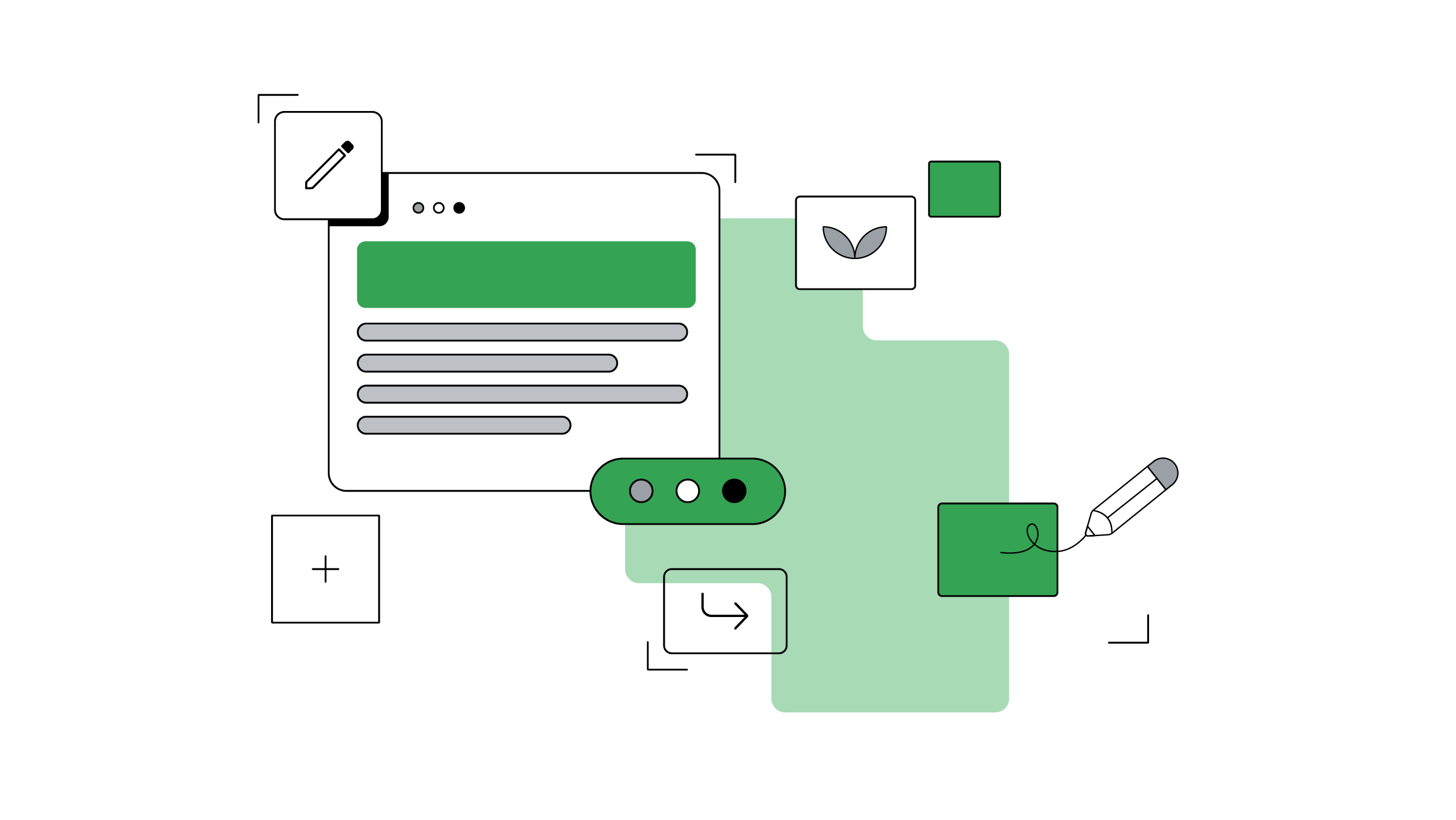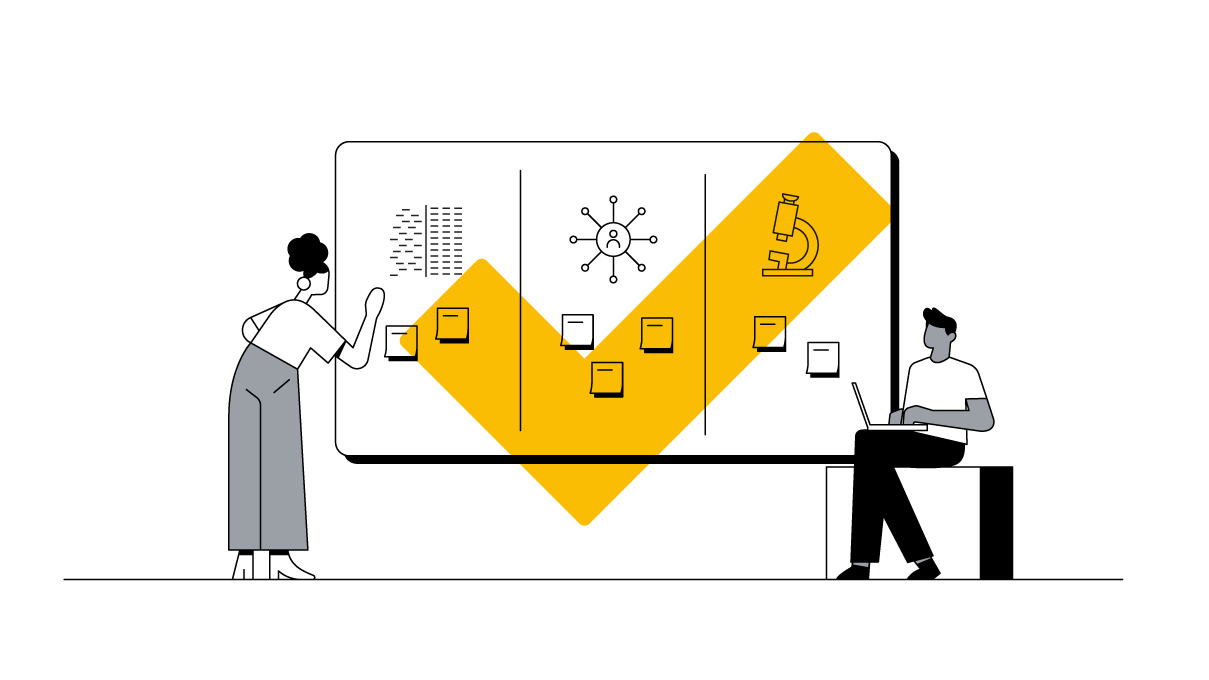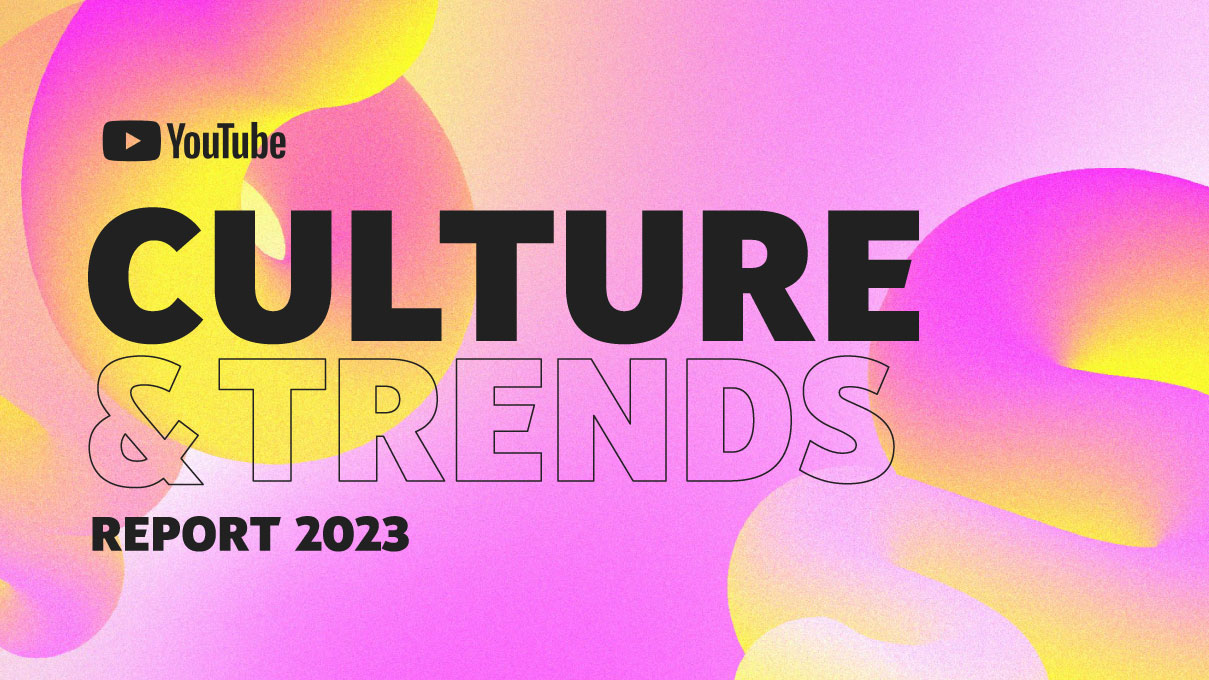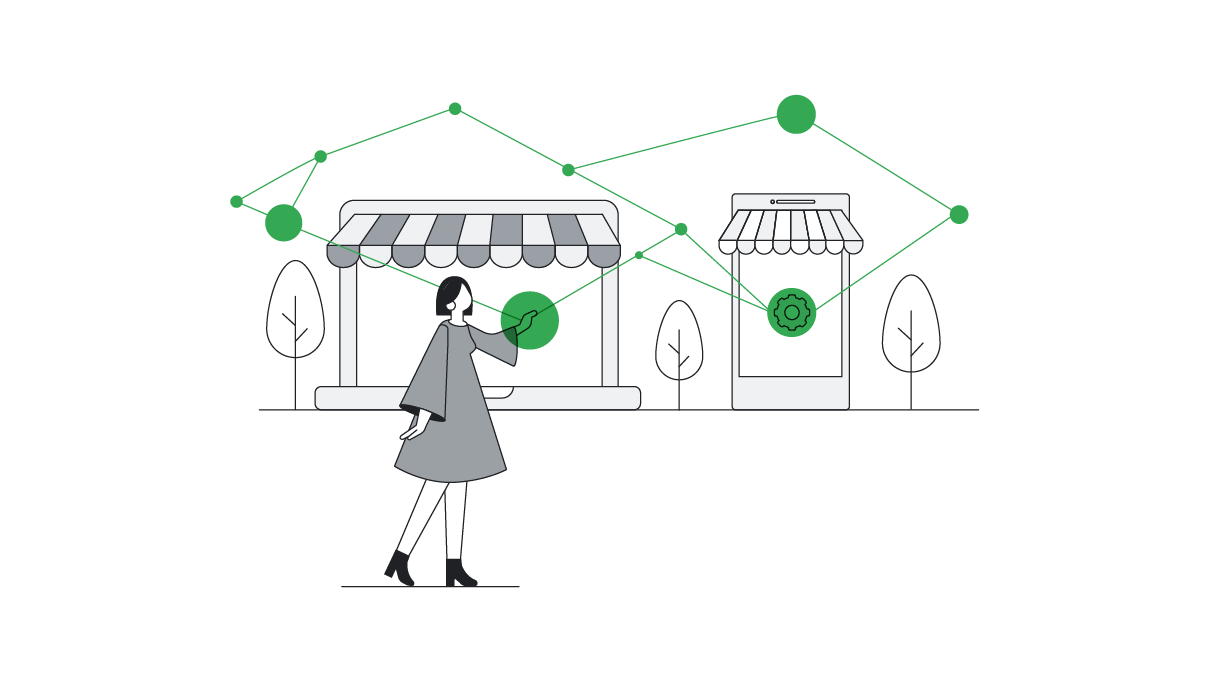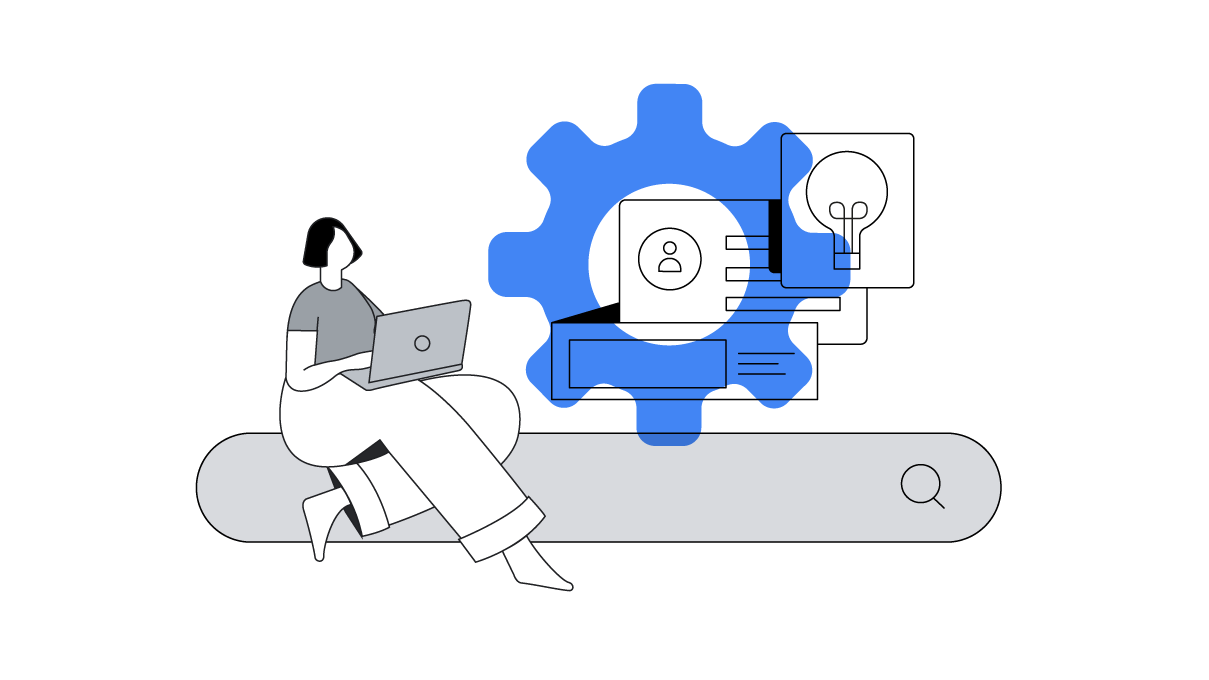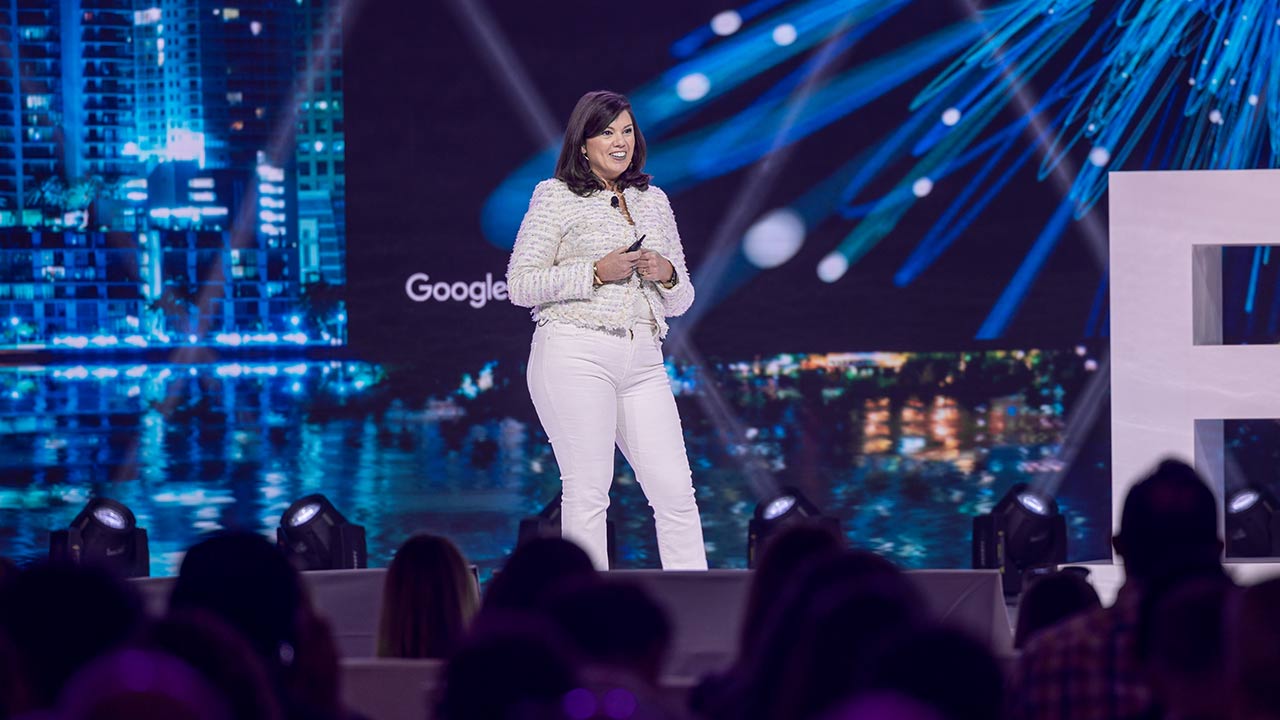People’s purchase decisions and motivations are becoming more complex, dynamic, and nuanced. On one hand, consumers are obsessed with researching what they buy. Last season, for example, 61% of holiday shoppers used five or more channels to shop over a two-day period.1 That’s an all-time high, even compared to the heights of the pandemic. On the other hand, impulse shopping has grown significantly since 2019, with over a quarter of consumers making impulse purchases in two-day spans.2
Leading brands are successfully using new technologies to find high-value customers in real time.
Embracing these seemingly contradictory behaviors can be a challenge for marketers, since it often means that delivering the right message to the right customer at the right time is a moving target.
Fortunately, advancements in AI can help. Leading brands are successfully using new technologies to find high-value customers in real time and reach them during key moments with relevant custom ads. Here are three proven approaches — each powered by Google AI — to incorporate into your marketing strategy today.

1. Serve timely, relevant ads
While custom relevant ad creative isn’t a new concept, it remains a critical tool for brands looking to build meaningful connections with their audiences. And with Google AI, you can level up your personalized messages by reaching customers wherever they are, with your performance goals in mind. One way of doing this is by using AI-powered Search ads, which allow you to reach people searching for your business offering.
Virgin Australia’s approach is a powerful example. Over the past year, as travel began to make a big comeback, many airlines had trouble keeping up with unpredictable and complex customer decision-making. Virgin Australia sought to get ahead of it.
Using Google AI to find new converting search queries and create relevant ads, Virgin Australia grew revenue by 150%.
The company implemented AI-powered Search solutions like broad match, Smart Bidding, and responsive search ads to discover incremental customer conversion opportunities. At the same time, Virgin Australia pivoted from a fixed budget approach to become more agile. This helped the company capture incremental demand without constraining campaign performance. By using Google AI to find new converting search queries and create relevant ads for travelers in real time, Virgin Australia saw an 88% increase in bookings and grew revenue by 150% within that year.
If that piques your interest, then please stay tuned. Later this year, our capabilities will evolve even further, as generative AI becomes available for automatically created assets to help make your responsive search ads even more relevant. For example, consider a search query like “travel pillow for plane.” Instead of responding with a generic ad inviting users to “Shop Our Travel Must-Haves,” you’ll have the ability to show original, AI-generated headlines drawn from your ad’s landing page specifically tailored to the search query, such as “Best Travel Pillows for Planes.” This will help you improve your ad relevance and keep your assets fresh — all while staying true to your brand.
2. Uncover new audiences
Beyond Search, AI-powered campaigns are helping brands reach new audiences across channels and ad inventory, while also helping them maximize the value of their existing customer base. While it’s tempting to see this as an intimidating departure from traditional single-channel approaches, unlocking incremental results from cross-channel strategies is worthwhile and, increasingly, business critical.
Luxury fashion brand and retailer Coach is a compelling example. Coach partnered with its agency, Ovative Group, to run tests in Canada looking for new pockets of consumer demand — especially among Gen Z. The tests were powered by Performance Max, a goal-based campaign type that helps advertisers identify untapped opportunities. Advertisers specify their goals and share creative assets, and our technology automatically produces and runs a highly effective ad campaign across all of Google’s channels.
By leaning into AI, Coach achieved its goal to reach new customers, while also increasing sales and profitable ROI.
Coach used first-party data provided by its insights team and identified products trending among Gen Z shoppers, such as belt bags, shoulder bags, and ’90s accessories. With these trends in mind, the company tailored its creative assets across digital channels.
Sure enough, the experiments drove strong conversion rates among young shoppers. Coach then scaled Performance Max to its campaigns in the U.S. Within the first quarter of U.S. adoption, Coach’s return on ad spend increased by 38%. By leaning into AI, Coach achieved its goal to reach new customers, while also increasing sales and profitable ROI.
In the coming months, we’ll be launching new goals within Performance Max to further improve customer acquisition, conversion, and retention strategies. For instance, the new offering will allow you to bid higher for new customers who are predicted to deliver strong lifetime value. We’ll also introduce new reengagement goals, allowing you to reconnect with valuable existing customers who may be close to lapsing. Together, these capabilities are designed to help you increase overall revenue and drive long-term growth.
3. Combine AI-powered campaigns to maximize ROI
As consumers shop in new and different ways, it can feel like a constant sprint to discover — and keep pace — with new pockets of demand. AI-powered campaigns provide critical assistance with this leg work.
When we combined broad match, Performance Max, and value-based bidding, we saw even better results across our business.
Seeking to stay agile and grow company revenue, global travel insurance provider Tata AIG experimented with using Performance Max and AI-powered Search solutions together. Tata AIG opted for this “ads power pairing” to reach more consumers across the myriad channels used to search for insurance policies and drive qualified leads at a more efficient ROI. It also integrated its lead-to-sales data into value-based bidding to optimize for higher-quality leads.
After a three-month test, Tata AIG saw a 126% increase in ROI and an 8% lift in sales. According to senior VP of digital business and marketing, Riann Rodrigues, “When we combined broad match, Performance Max, and value-based bidding, we saw even better results across our business. And with AI signals and data via broad match, we drove leads at scale more efficiently.”
With AI-powered ads at the forefront of your marketing strategy, the days of guesswork to find your most valuable customers are gone. Marketers who are tapping into AI are expanding reach and relevance to discover new, high-value audiences they may not have expected before. That’s an opportunity your business doesn’t want to miss out on.
